Studio Visit / Make It Last
8 years ago by
Erik Melvin
There’s something about Scandinavia – whether or not it’s true – that gives the facade of being at the forefront of sustainability. In life, in food, in fashion – perhaps it’s their minimalist designs. Whatever it is, we wanted to know more about it, which meant meeting up with Make It Last founders Lisa and Emma while we were there last month.
Make It Last is a website that promotes, encourages, and explores sustainability in fashion and beyond – without demanding you throw out everything you own OR trying to persuade you to be a completely different person. No, instead these women know that most things aren’t 100% sustainable, so getting there takes baby steps and if that knowledge can be inspiring and beautiful along the way, why not?
For those that aren’t that familiar with your site, how would you describe Make It Last?
Lisa: Make It Last is a platform where we focus on sustainable fashion and beauty. We started it two years ago. We both worked in fashion for a while, Emma is a stylist and I’m a journalist. We started talking about what we wanted to do within the field of fashion as we kind of felt that there was a lack of relevance and we wanted to find new ways to work.
Before we started the brand, Emma had a blog where she started writing a little bit about bigger things, not thinking in seasons, instead thinking of fashion as a more holistic project.
Emma: Basically, because I was working at the time as a fashion editor at Swedish Elle, I felt like I was getting lost in the trend circus. I was questioning why I was craving these hot pink shoes, for example, because it wasn’t me, I wasn’t going to wear them and in Sweden there’s only about a month of summer. Instead I was interested at looking at more classic items. That’s when Lisa and I got together and started talking.
Lisa: And then obviously, we knew that there was so much happening within the field of sustainable fashion. It’s really about innovation. We always get asked if there is enough to write about and that’s really not our problem. Rather, we wish there were more hours of the day to write about all the exciting developments being made from across the supply chain.
Make It Last is supposed to be a platform for everyone, not only for people who are already sort of into sustainability. We want it to be an inspiring site for anyone who’s interested in style. We want to show that a site filled with sustainable fashion can be just as relevant as any other site – if not more. I mean, it’s a huge add-on that the people and the products we write about all contribute somehow to a better industry.
We tend to use the term “more sustainably” because products are very rarely 100% sustainable. We know that we can’t tick all the boxes but we want to be the site that writes about different projects that ticks some boxes and that somehow think of fashion and style and beauty in a different way.
Emma: We really believe that doing something is better than doing nothing and I think that to show to our readers an easy way to apply more sustainable lifestyle on their wardrobe works. It should be something that’s easy and fun.
Choosing some things carefully matters. I started thinking about sustainability when I got [my dog] Stella because she kept licking lotion off my legs and stuff and I would go, “No! Don’t do that it’s really bad for you!” and it made me realize “What am I putting on my body?” If I can’t even let my dog eat it and she eats pretty much anything! Then I started thinking about what I was eating and how that is really attached to the whole climate change issue. Then, fashion felt like the next thing. A lot of people buy organic stuff for the kids.
But not for themselves!
Emma: Yeah! And I’m holding my baby all the time so I don’t want him to be wearing organic clothes while still getting the shit from my clothes.
Lisa: So it’s a very personal matter. But we’re also very interested in the bigger picture. Look at Kering (owner of Gucci, Saint Laurent, Balenciaga, Stella McCartney etc) as an interesting example, they want to be the first sustainable luxury-goods conglomerate and recognize that this means updating their entire business model. So it’s not only about saving the planet, it’s also saving your business. Whatever motivation works…
But it seems that in Sweden and in Stockholm in general there is an influx of brands that are aiming to be more sustainable. Why do you think Scandinavia is the forefront of these types of initiatives?
Emma: I think that everybody is realizing that we’ve been on a path and we can’t keep going in that direction because there’s not going to be a future for that if we keep using up all the resources. You can’t have a business if you don’t have a planet to have your business on!
Lisa: I’m not so sure though that Sweden is at the forefront. H&M works a lot on making sustainability an integrated part of their business, but there are of course still a lot of challenges, with the enormous number of independent suppliers etc. A lot of the other chains are far behind though…
But I feel like a lot of small brands are doing good? In general the lifestyle…
Emma: I think the next generation of designers realize that they have a responsibility when it comes to design and materials.
Lisa: I totally agree, with startups and brands in Sweden, I think generally, for the new generation, it’s just a given that you have to consider these things, otherwise you can’t run a business. I think that’s generally the thought in Stockholm. The industry still has a huge problem, though. It’s really one step at a time.
Emma: You have brands like Filippa K. They’ve been designing really classical items since the beginning. To be sustainable is not just to use sustainable materials, it’s also to make sure the items are timeless. For example, if you buy something from the 1950s, it’s good quality, and you can still wear it. It has a longer life.
That’s one way to be sustainable. To design things of high quality is therefore also really important. We try to show that on the site, the different ways you can choose: you can buy second hand, borrow from your friends, etc.
What’s your best advice for someone seeking to do even one small thing to make an impact for their lives to be more sustainable?
Lisa: I think borrow or rent clothes.
Renting clothes, that’s something I don’t think I had heard of that much before we were at Filippa K who has a clothing rental program. There’s this thing called Rent the Runway in the USA but it feels like it’s more tailored towards designer party dresses.
Lisa: These initiatives are still at their very beginnings, but services like renting, swapping or offering lifetime guarantees are on the rise. Patagonia is the go-to example here, it offers to get your jacket fixed if necessary and if it can’t be fixed, you’ll get a new one and the old one will be recycled and made into something else..
I think most brands – a lot of brands in Scandinavia really – Filippa K among them, are thinking about these services that they can offer to their customers. So it’s a more long term, holistic approach to connecting with a brand instead of just buying new things and then just throwing them away.
The best tip, for anyone, is definitely to buy second hand and to borrow things. The second hand market is blooming. Except for E-Bay and those huge sites that have been around forever, which are still probably the best sites if you ask me. There’s Vestiaire Collective, for example, which is a French site that has gone global. They are doing extremely well, which is, I think, a sign of people not considering second hand items to be something dirty. To me, it’s really about not buying so many new things.
On that subject, both of you have worked in fashion for a long time. Being surrounded by both high street and designers, what is your opinion on the idea that purchasing designer pieces that will presumably last longer because their quality is better is a practice of sustainability?
Emma: I think it’s another way to look at being more sustainable. Try to buy things that are not just things you’ll want in the moment, and try, when you see a garment, to think about if it fits with five other items you already have. Is it something that will add on to something else in my wardrobe? Or will it just be something that’s on its own and I will have to buy a pair of trousers to wear with it? So it’s not like one purchase that leads to another one. And also to think: can I wear this in ten years?
Lisa: I don’t think it’s really a matter of designer or high street. Just because it’s more expensive or a designer item doesn’t mean it’s more sustainable. You really have to try to figure out what it’s made of and the more transparent, the better. The more you can trace where the garment is made and in what conditions, the better.
It’s really about asking questions, and maybe not just going out on a Friday to get a top for the Friday night party, but instead, trying to invest in some things that you are proud of wearing and that you won’t get tired of.
Emma: I love those designers like Stella McCartney that make it a point of not using leather, for example, and I think if you buy a Stella McCartney sweater, I think you should want to wear it forever.
Lisa: Sustainability for us is akin to luxury. It’s something you should be proud of. It’s something that is an inherent part of what is luxurious. If it’s sustainable, it’s something that is worthwhile, it’s something that you can wear forever. So it’s really the new luxury, sustainable fashion.




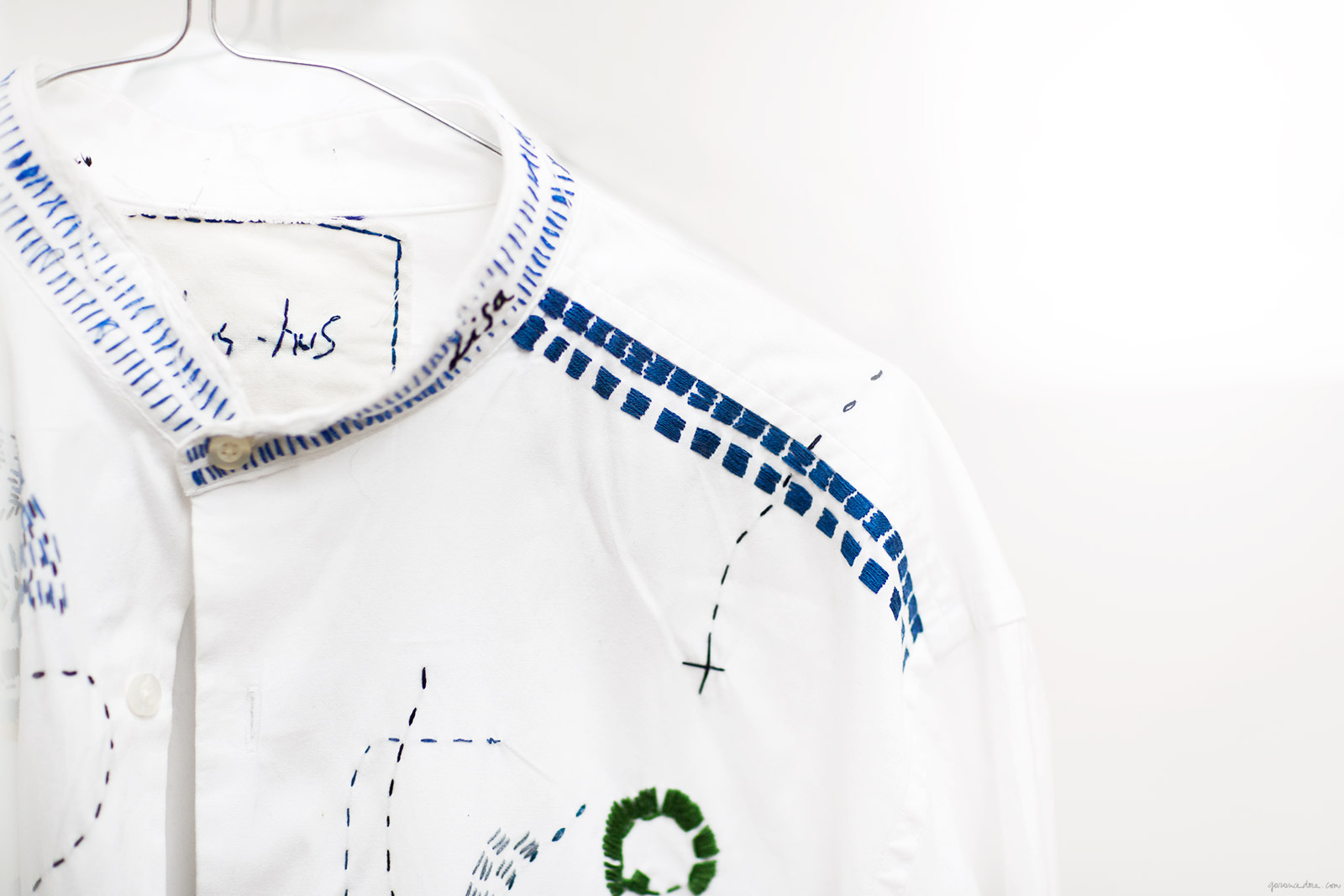
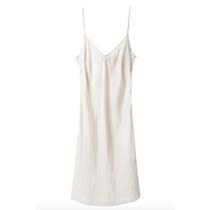
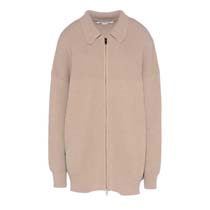
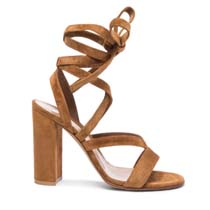
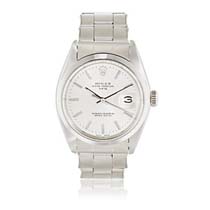
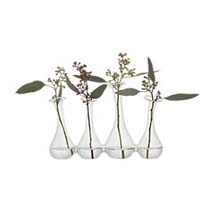
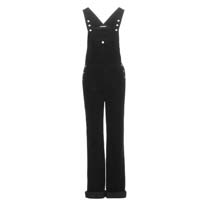
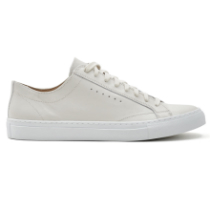

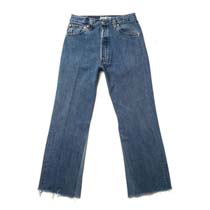
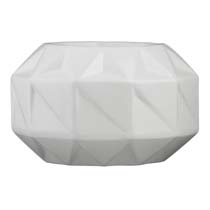
























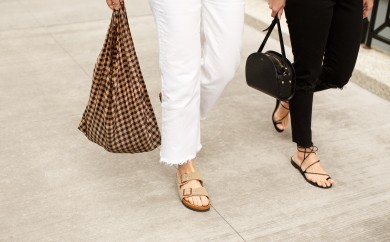
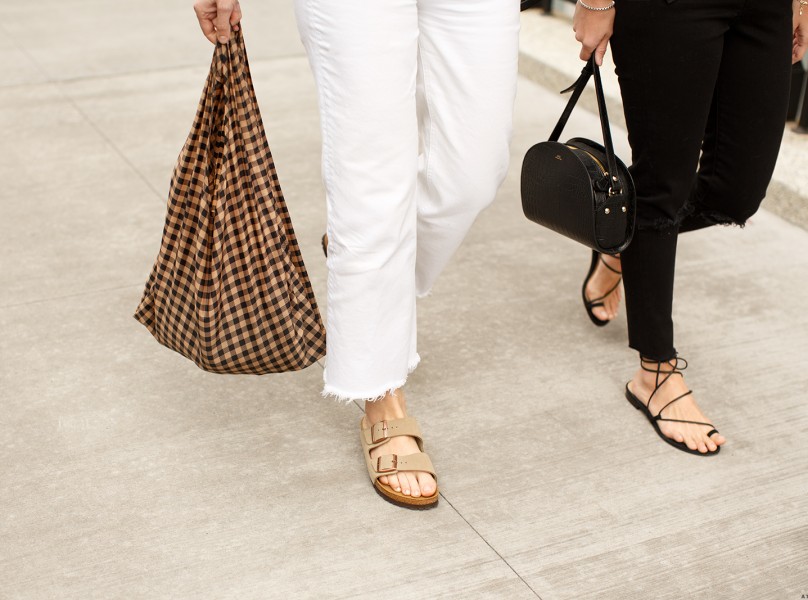
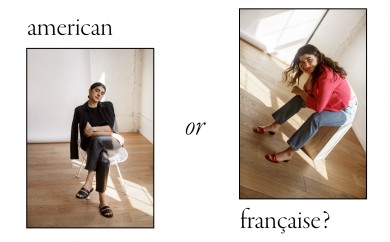
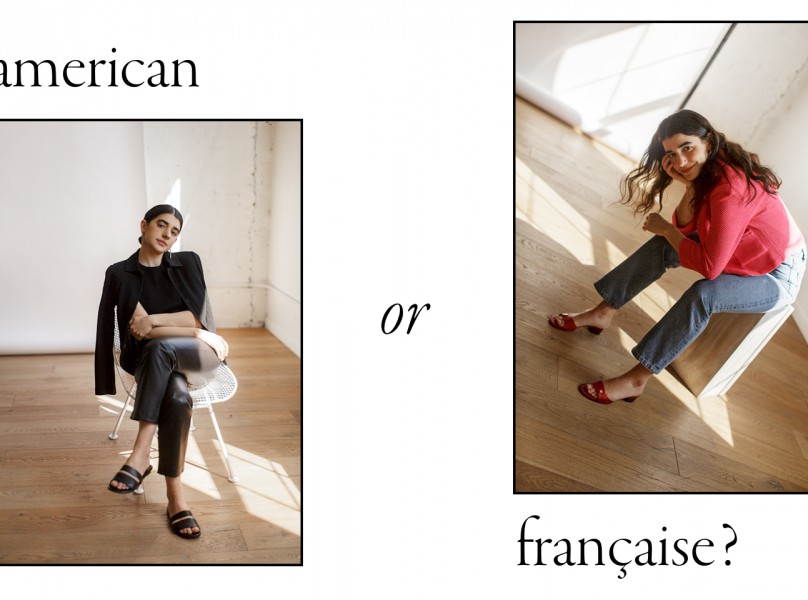
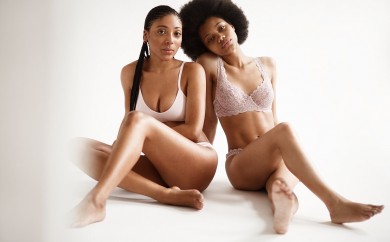
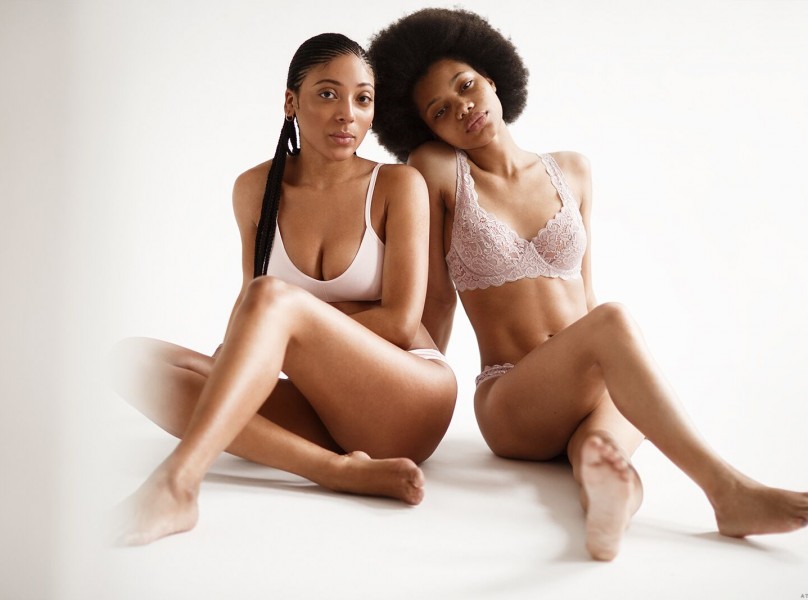
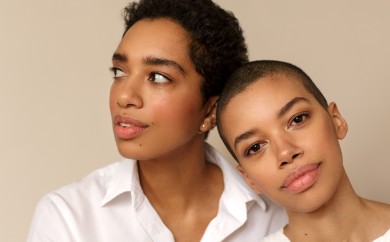
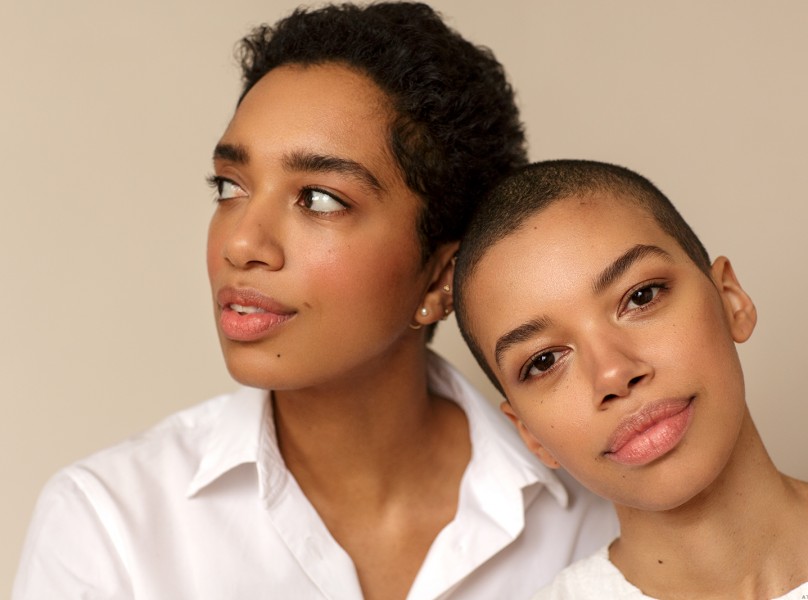
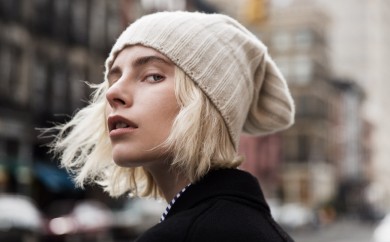
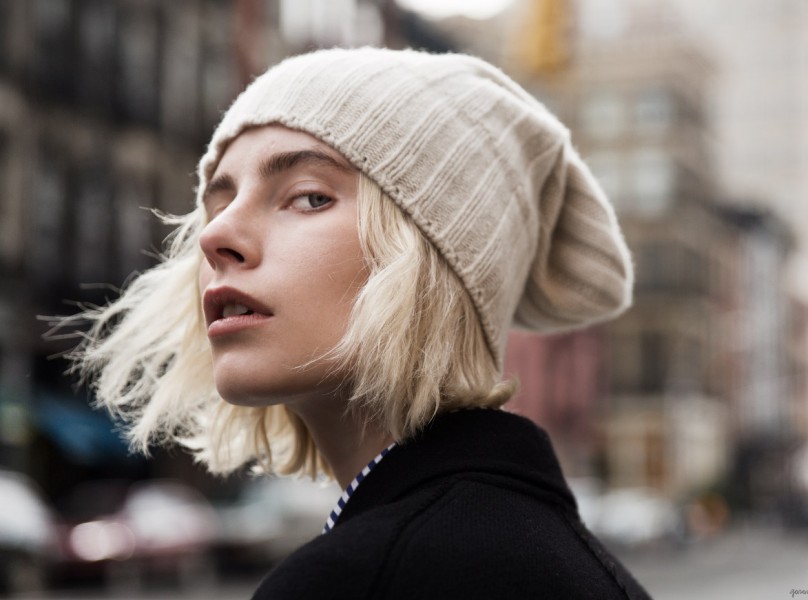
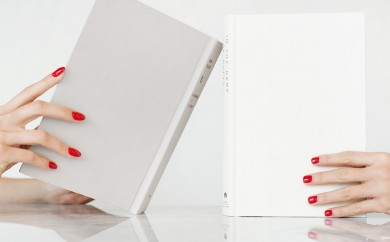
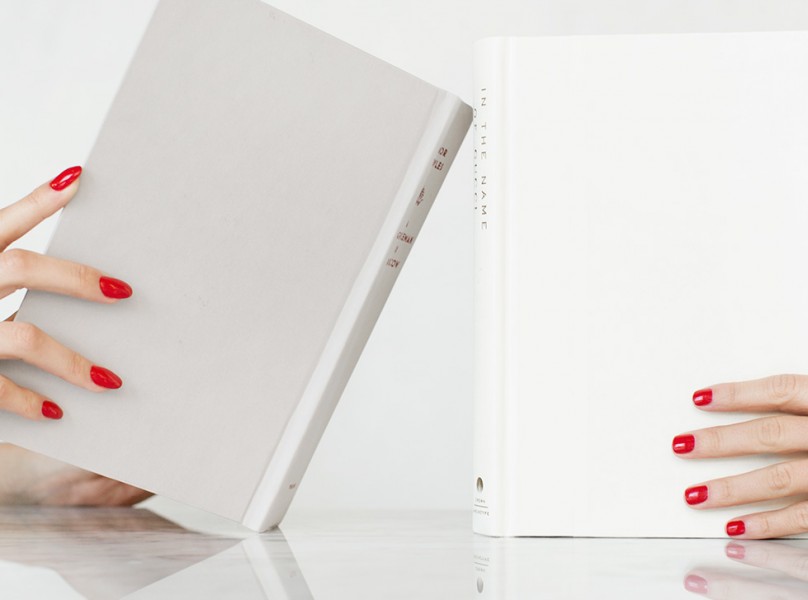
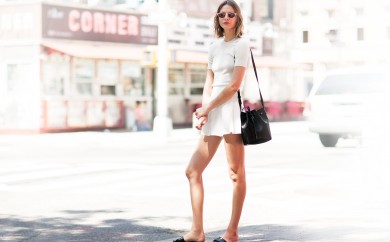
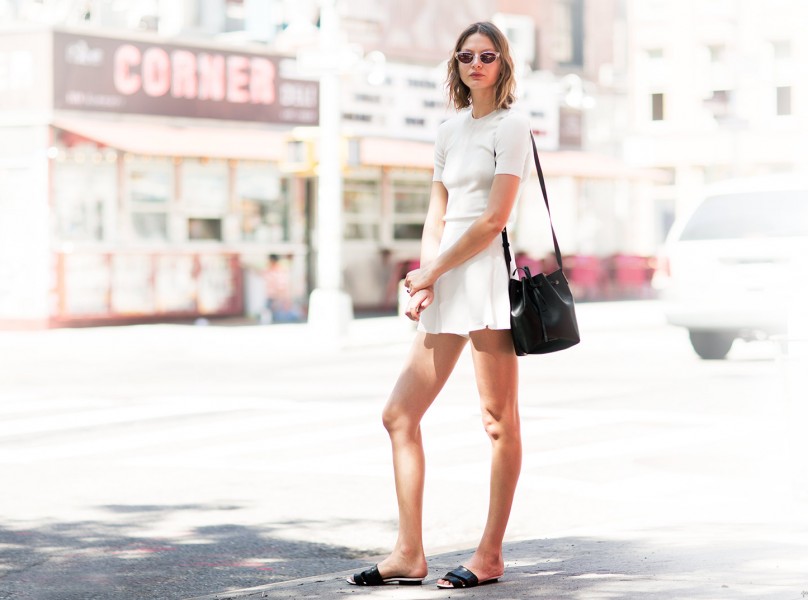
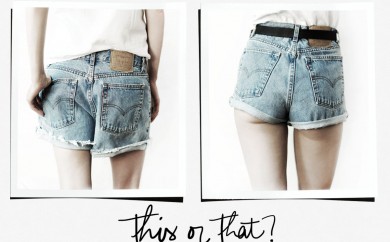
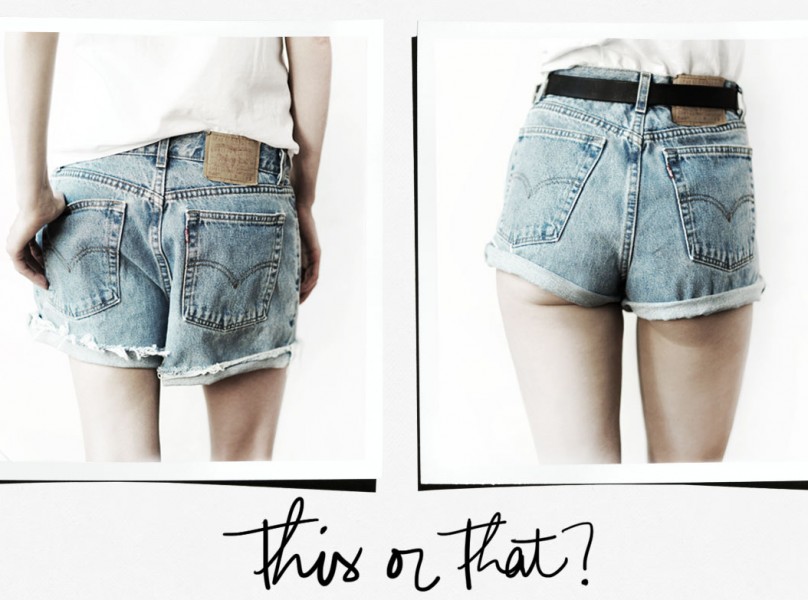
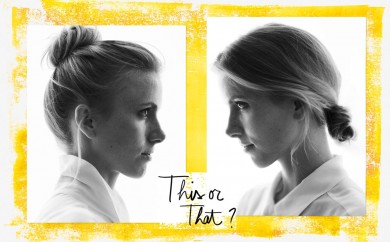
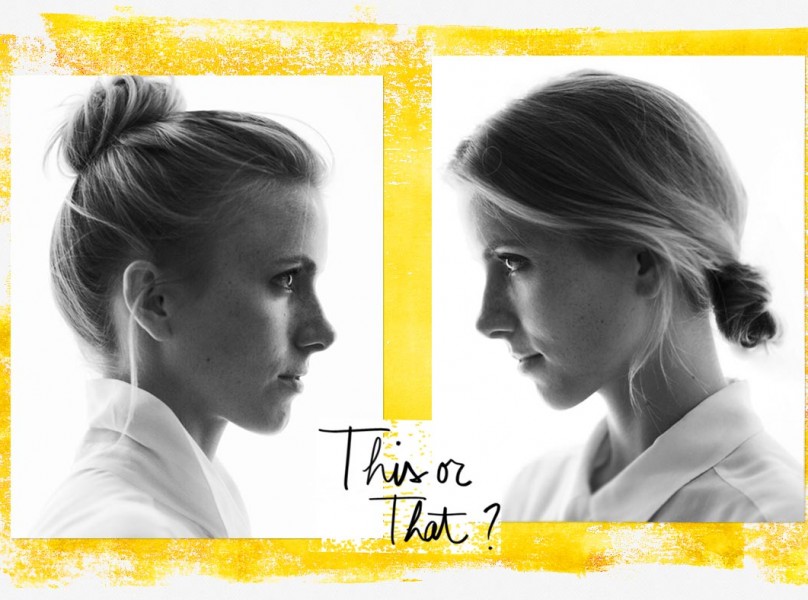




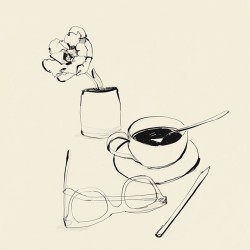
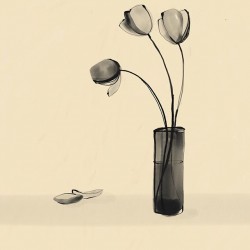
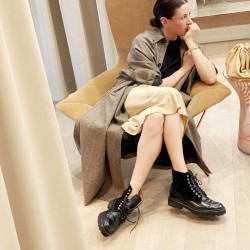


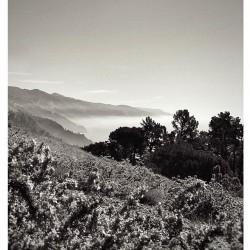
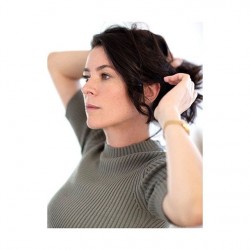
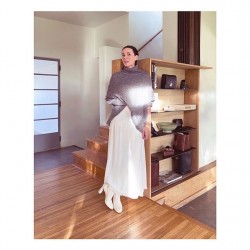

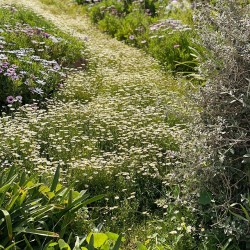
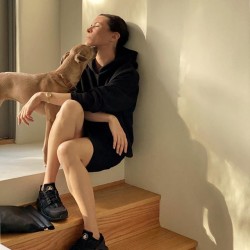

Bravo! Thank you for featuring Emma and Lisa. Their way of thinking about fashion is so refreshing and modern.
Love this interview!
Love,
http://www.thestyleventure.com
i am so happy to hear people suggesting used / vintage clothing! it already exists. so the footprint is zero!
Love their ethos! Thanks for sharing x
Love this interview!! I completely agree with the idea of sustainable fashion as the new luxury fashion :)
I think this conversation is so important and lately more and more I’ve seen that different platforms, documentaries and voices are talking about this. I like also what Lisa said about being imposible to have a product 100% sustainable, I feel sometimes suspicious of lots of brands bragging about being sustainable, they make me feel that they use the concept as a way of marketing instead of using that as a real practice. I was thinking a lot lately about this “slow fashion” movement and I think it is time to stop looking away from it. I really want to be educated on this so I can make wiser decisions. But where to start? How can I trace down the making? How can I know if the brand/maker is paying fair wages? or the fiber/dye/prints they use are not toxic? I feel really lost in that big picture. Is any industry research to look at?
Kisses
M
Great interview! I would love to see more articles about sustainable fashion / beauty products etc on your blog.
This article is timely and amazing! tapered magazine is another online resource for sustainable fashion based in the U.S.
Thank you so much for this post!
I’ve been reading the blog for years and years but I have to be completely honest, from someone who works with refugees sometimes I’m like “wow” the fashion world is even more caught up with itself than I thought. I know that it’s so easy to get caught up in the world and seasonal trends and not realize the horrible impact of our consumption and materialism, but so much of the “green” products are still products, they’re still contributing to this cycle and not actually sustainable.
I think it’s great that mindfulness, healthy eating and “green” products are trendy but so much of this trend is all about the self and not what you’re doing to the world. I would love to see Garance feature more content about transparency and working conditions behind the clothes as well as ultimately shifting away from the seasonal trends (or at least featuring more people who do)!
I love the shift the fashion world is making towards sustainable and ethical fashion and lifestyle products – it is so important and is the future of the fashion industry. Great interview! X
Nice article! Mercedes, I dont know the situation in US but in Europe there are different intiatives looking into the supply chains of the garment industry, workers’ rights or environment. There’s Clean Clothes Campaign, an activist organisation regularly publishing reports, and Rank a Brand who ranks brands’ sustainability based on what they publish on their website. Filippa K is one of the membercompanies of Fair Wear Foundation. All members of this organisation commit themselves to make progress on labour rights in their garment suppliers. They have a website that lists their member brands and even how they perform in adapting their own purchasing practices and prevenring and solving problems. Basically I think that you can look at if brands are members of a credible initative, most large companies cannnot solve the sustainability issues on its own.
Thank you!
Hi,
I think that it is such a good idea to finally talk about sustainability in the fashion industry.
Plan C and Flanders Fashion Institute (Belgium) have developed an online tool summarizing the sustainable approaches that you can take at every step of a garment lifecycle, from the design phase to the use and disposal phase. Case studies about sustainable companies are also available.
http://www.close-the-loop.be
Make sure to check it out, it is very interesting!
Adèle
super interesting, thank you!!
Nice to read this here, brilliant change of direction in general, thank you.
I think that renting can be a great idea.
For example my friend started a clothes rental for pregnant women Bella Gravida (it’s in the U.S.) http://www.bellagravida.com
You’re pregnant for only a certain amount of time and it makes sense to rent clothes to be able to wear different stuff!
https://sofaundermapletree.wordpress.com
I think one of the first things we should look at is the amount we buy, how much stuff do we actually need. I am currently having a clear-out of my house starting with my clothes. So far I have done one room admittedly I am clearing many years of buying clothes but I am astounded at the amount of clothes I have bought on a whim and have only worn once or twice. It has actually made me think about any new purchases. Yes there will always be the item that catch my eye and I will want but my reasoning is if I buy less I can afford to buy clothes from companies that give a fair deal to the people making the clothes.
Intéressant, et comme dit Lisa, le fait d’acheter plus cher ne rend pas le vêtement plus durable… Quant à acheter de l’occasion, si c’est pour acheter du récent qui pousse à la consommation de neuf (puisque cela se revendra facilement)…
Malheureusement, je pense vraiment qu’on en est arrivé à un stade où on n’y connaît plus rien en matière et on nous fait prendre des vessies pour des lanternes.
Article très intéressant qui fait prendre conscience de certaines choses..
the last photograph–of the hand-stitched white shirt–there is no credit. Who created this beauty? Thanks for the thoughtful story.
“Je dirais que le nouveau luxe, c’est vraiment la mode durable.” tout est dit ! merci <3
VERY happy to see these women promote reuse and sharing with friends! Because truly, any business that is predicated on encouraging people to buy products they don’t need is not inherently sustainable. Yes, I get that there are “wants” that many of us feel we need, but seriously people. In the same way that grass-fed beef is not even REMOTELY sustainable (because there is not enough land on the planet to meet the dietary needs of the global population with animal products, even if they are grass-fed), any “luxury” product claiming to be sustainable is highly suspect. We must call it what it is: an epidemic of hoarding and entitled behavior that lays claim to far more than our share of the earth’s natural resources.